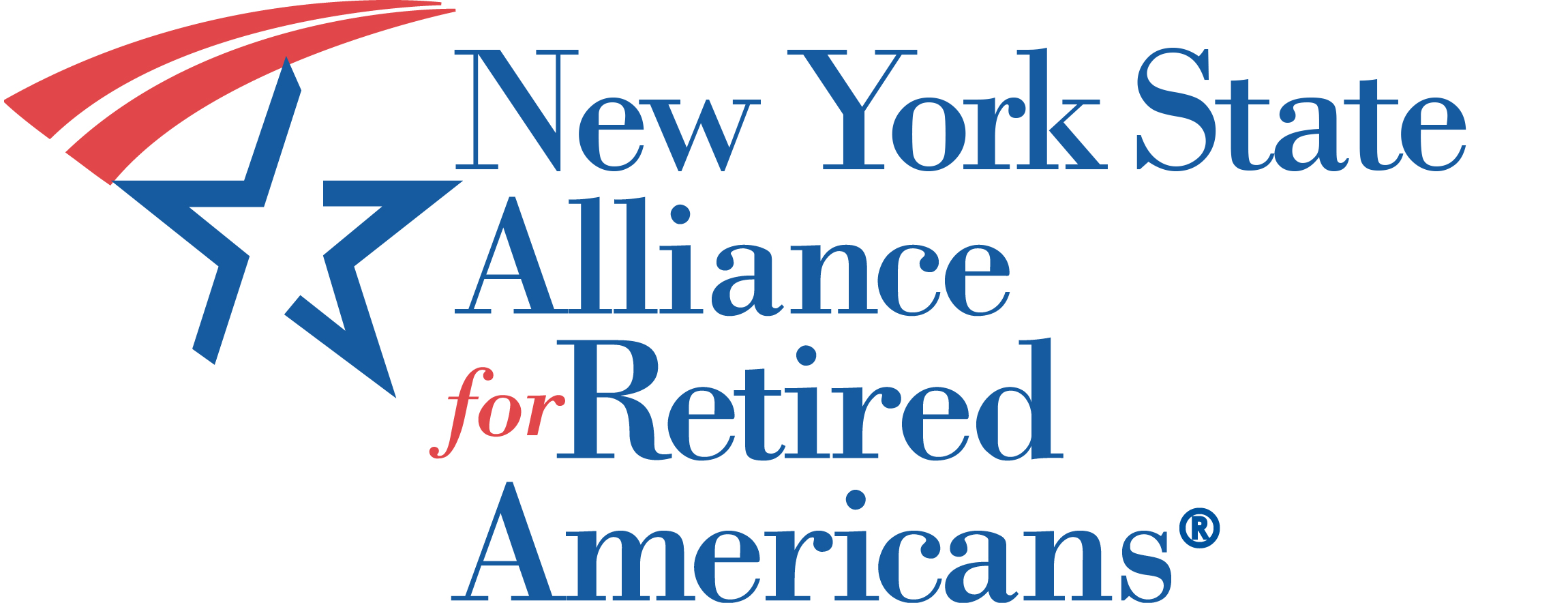Blog
June 13, 2019
Advance Care Directives in New York State
In New York State, the best way to ensure that your health care wishes are known and followed is to use Advance Directives. These are legal documents that will speak for you if you are unable to speak for yourself.
A Health Care Proxy allows you to appoint someone to make decisions regarding the use of life-prolonging treatment when you are unable to make such decisions. It is in effect only after a physician decides you are not able to make your own decisions.
This covers any time you are unable to make your own medical decisions, not only at the end of life. Without a health care proxy, a doctor may be required to provide you with treatment you may have refused if you were able. No one—not even your spouse—can act on your behalf unless you appoint them using a health care proxy.
Choose a health care agent who you trust and are confident will advocate for your preferred treatment, making sure that your wishes are carried out. You should discuss those wishes with your health care agent. Talk about your values and beliefs. No one can plan for every scenario. The more your agent knows, the easier it will be to make decisions for you.
The Living Will is your personal statement about care you want — or don’t want — at the end of life. It is a document that contains your health care wishes and is addressed to unnamed family, friends, hospitals and other health care facilities. It takes
effect when you cannot make your own decisions, or are unable to communicate your wishes, and your doctor confirms that you have an incurable, irreversible condition.
New York does not have a statute governing living wills, but the state’s highest court has ruled that living wills are valid as long as they provide “clear and convincing” evidence of your wishes.
The Do Not Resuscitate Order (DNR) tells health care providers and emergency workers not to provide life saving treatment if a patient’s heart or breathing stops. It takes effect when signed by a doctor. In a hospital, the form is provided, signed by a doctor and kept in the patient’s chart. It can follow the patient to another hospital.
Outside of a hospital, a “Nonhospital Order Not to Resuscitate” form produced by the NYS Department of Health is used. It can be kept with the patient in the event of an emergency. You can also include DNR instructions in your Health Care Proxy or Living Will.
The “MOLST “Form
Medical Orders for Life Sustaining Treatment form allows doctors to record your preferences regarding CPR, mechanical intervention and other life sustaining treatments onto one form as a physician order. MOLST is generally for patients with serious health conditions (advanced progressive chronic illness or terminal illness) and others who are interested in further defining their care wishes as they face the end of life.
It must be completed by a health care professional and signed by a New York State licensed physician to be valid.
This form can help centralize and summarize advance directives and end-of-life wishes and. It is not intended to replace your current health care proxy form and/or living will.
